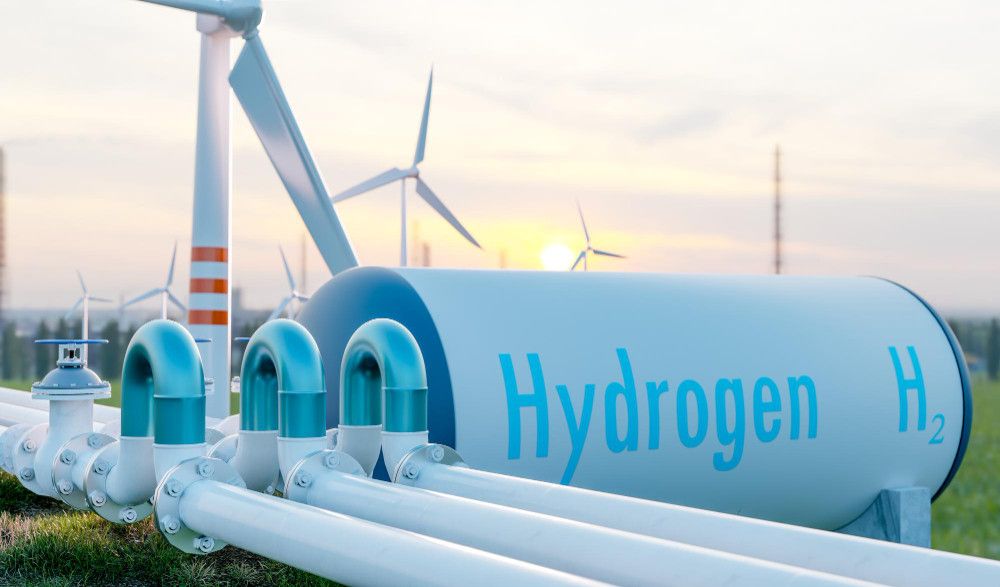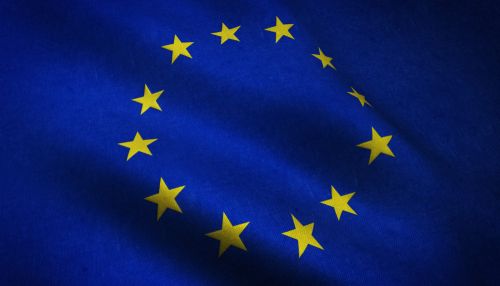EU Sets Emissions Threshold for Low-Carbon Hydrogen in Major Regulatory Milestone


Cut through the green tape
We don't push agendas. At Net Zero Compare, we cut through the hype and fear to deliver the straightforward facts you need for making informed decisions on green products and services. Whether motivated by compliance, customer demands, or a real passion for the environment, you’re welcome here. We provide reliable information—why you seek it is not our concern.
The European Commission has unveiled a new greenhouse gas emissions methodology for low-carbon hydrogen and fuels, solidifying its regulatory framework to support the development of a competitive hydrogen market across the EU. The move complements existing rules for renewable hydrogen and renewable fuels of non-biological origin (RFNBOs), marking a significant step toward achieving the EU’s climate neutrality goal by 2050.
Under the new approach, hydrogen and related fuels must achieve at least a 70% reduction in greenhouse gas emissions compared to traditional fossil fuels to qualify as “low carbon.” This allows for a range of production methods, including the use of natural gas paired with carbon capture, utilization and storage (CCUS), and hydrogen generated from low-carbon electricity sources. The methodology is designed to reflect the diversity of national energy mixes, offering flexibility while ensuring environmental integrity.
Commissioner for Energy and Housing, Dan Jørgensen, highlighted the importance of regulatory clarity: “With a pragmatic definition of low-carbon hydrogen that respects the energy mix of all EU countries, we are providing the necessary certainty to investors.”
The initiative is part of a broader effort to decarbonize hard-to-electrify sectors such as aviation, shipping, and certain industries. It also supports the Clean Industrial Deal’s objective of legal coherence to foster investment.
The methodology will now be submitted to the European Parliament and Council, who will have two months to scrutinize the act. A review of related provisions in the Renewable Energy Directive is expected in the near future, alongside future consultations on the use of nuclear-based Power Purchase Agreements (PPAs) to produce low-carbon hydrogen.
This regulatory step follows months of stakeholder engagement and aligns with the EU’s strategy to enhance energy security, decarbonization, and industrial competitiveness.
Source: commission.europa.eu

More related content

Green Climate Fund Approves Record $1.225 Billion for Global Climat...

Cargill Revamps Global Cocoa Supply Chain with Bold Sustainability ...

Lagardère Travel Retail Joins New Retail Alliance to Cut Supply Cha...
